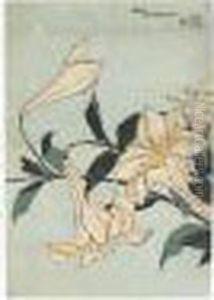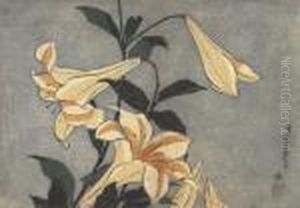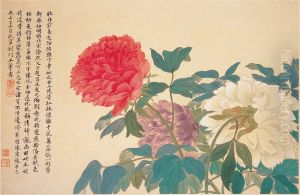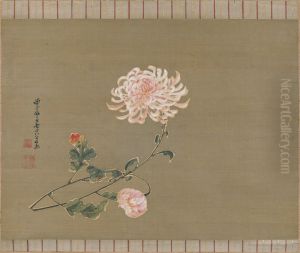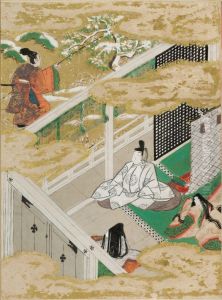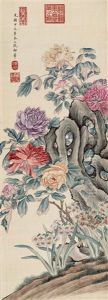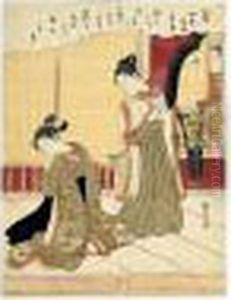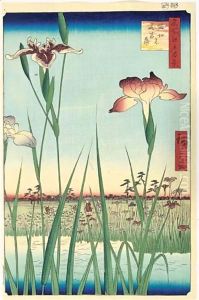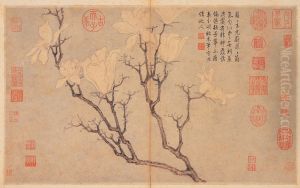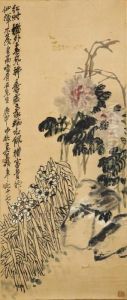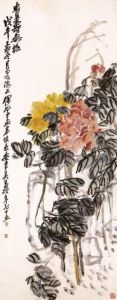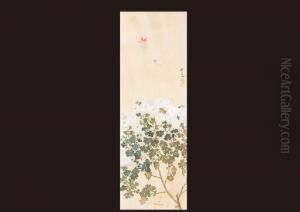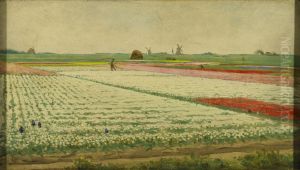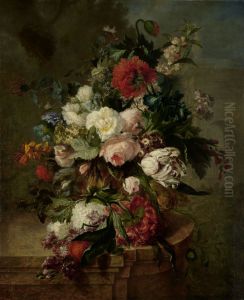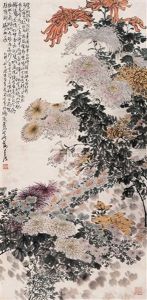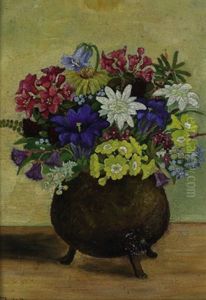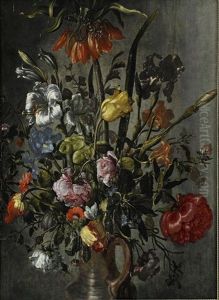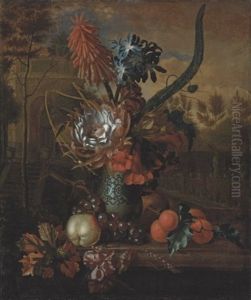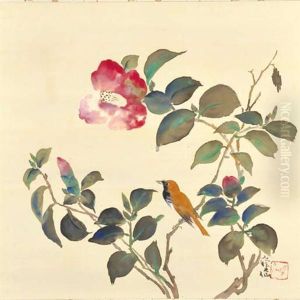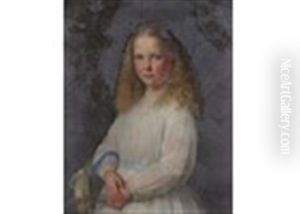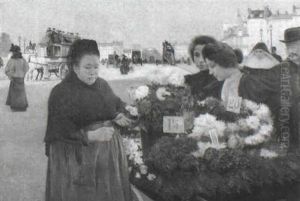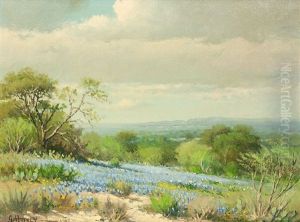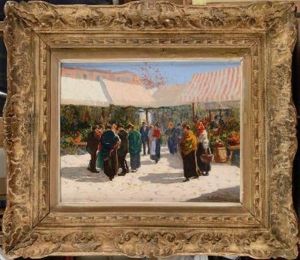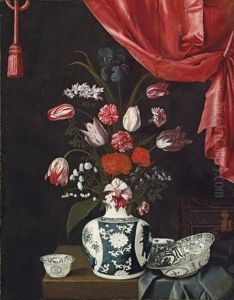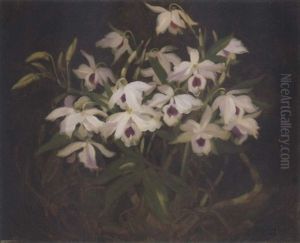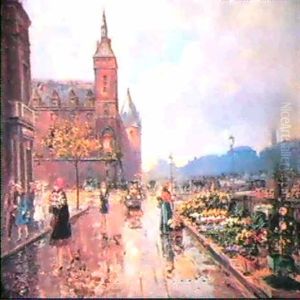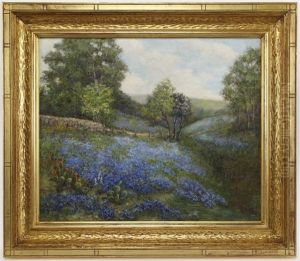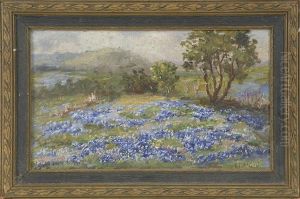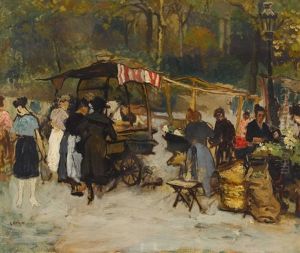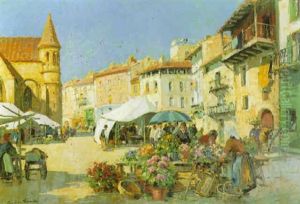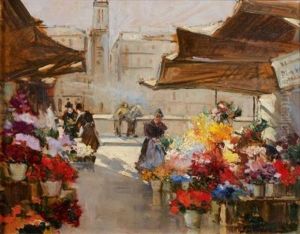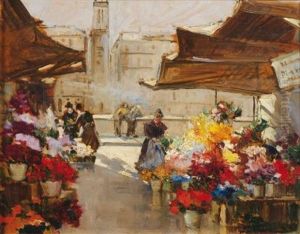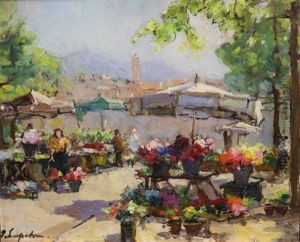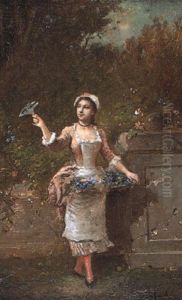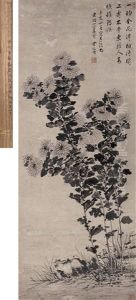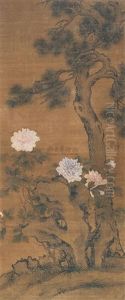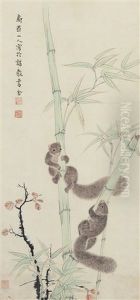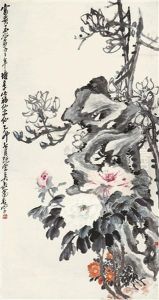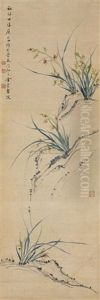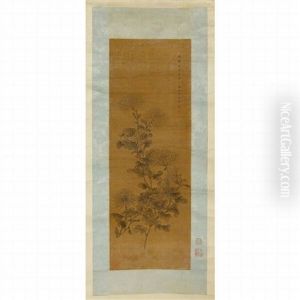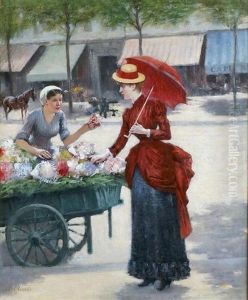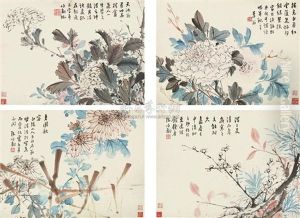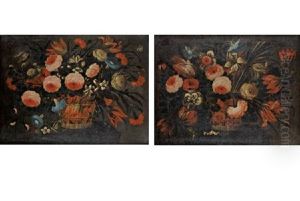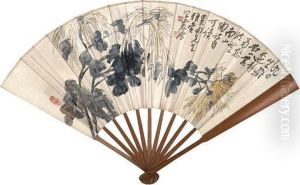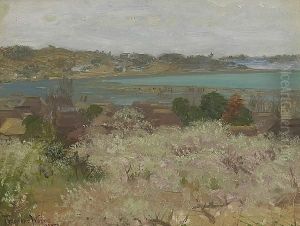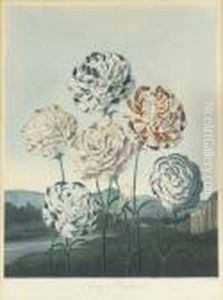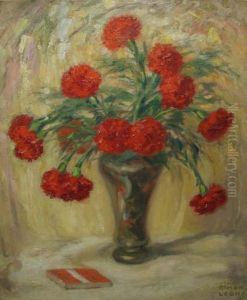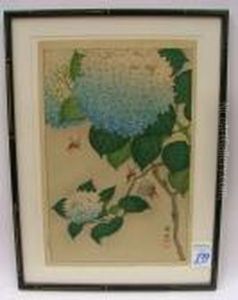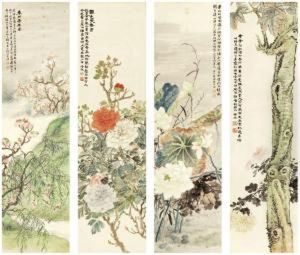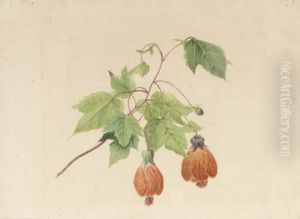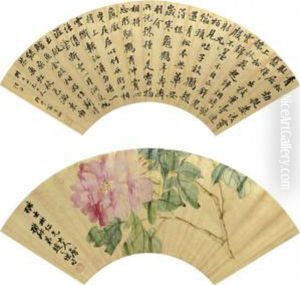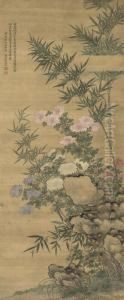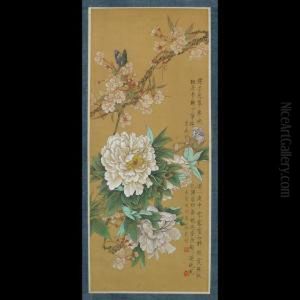Cultural Significance Of Flowers Paintings
Exploring theCultural Significance of Flowersin Masterpiece Art
Flowers, with their vibrant colors and delicate forms, have captivated artists for centuries. Beyond their undeniable beauty, these botanical wonders carry profound symbolic weight, acting as silent storytellers within the canvas. Understanding the Cultural Significance of Flowers is key to unlocking deeper layers of meaning in classic oil paintings, revealing hidden narratives, emotions, and societal values.
Throughout history, different civilizations and artistic movements have imbued specific blooms with rich allegorical meanings. In the Dutch Golden Age, a wilting tulip or a scattered rose in a still life could represent the fleeting nature of life and the inevitability of death (vanitas). Renaissance art often used lilies to symbolize purity and the Virgin Mary, while roses frequently conveyed love, passion, or even secrecy. Ancient Egyptian art featured the lotus as a symbol of creation and rebirth, linking it to the sun and the cyclical nature of life. Japanese art, particularly Ukiyo-e, often depicted chrysanthemums as symbols of royalty and longevity, and cherry blossoms for their transient beauty and the concept of 'mono no aware'.
From the symbolic language of Victorian floral arrangements to the expressive gardens of the Impressionists, flowers have served as a powerful visual vocabulary. They communicate everything from hope and joy to mourning and remembrance. A sunflower might represent adoration or loyalty, while violets could signify modesty or faithfulness. By studying these botanical motifs, we gain insight into the beliefs, customs, and emotional landscapes of past eras. The enduring presence of flowers in classic art underscores their universal appeal and their diverse interpretations across various cultures and historical periods, making them much more than mere decorative elements.
When you explore these timeless reproductions, recognizing the Cultural Significance of Flowers enriches your appreciation of the artist's intent and the historical context. These masterpieces are not just beautiful images; they are rich repositories of human culture, emotion, and belief, conveyed through the delicate yet powerful language of flora. Each petal, leaf, and bloom can offer a fascinating glimpse into the artistic and cultural heritage they represent, inviting you to connect with art on a more profound level.
